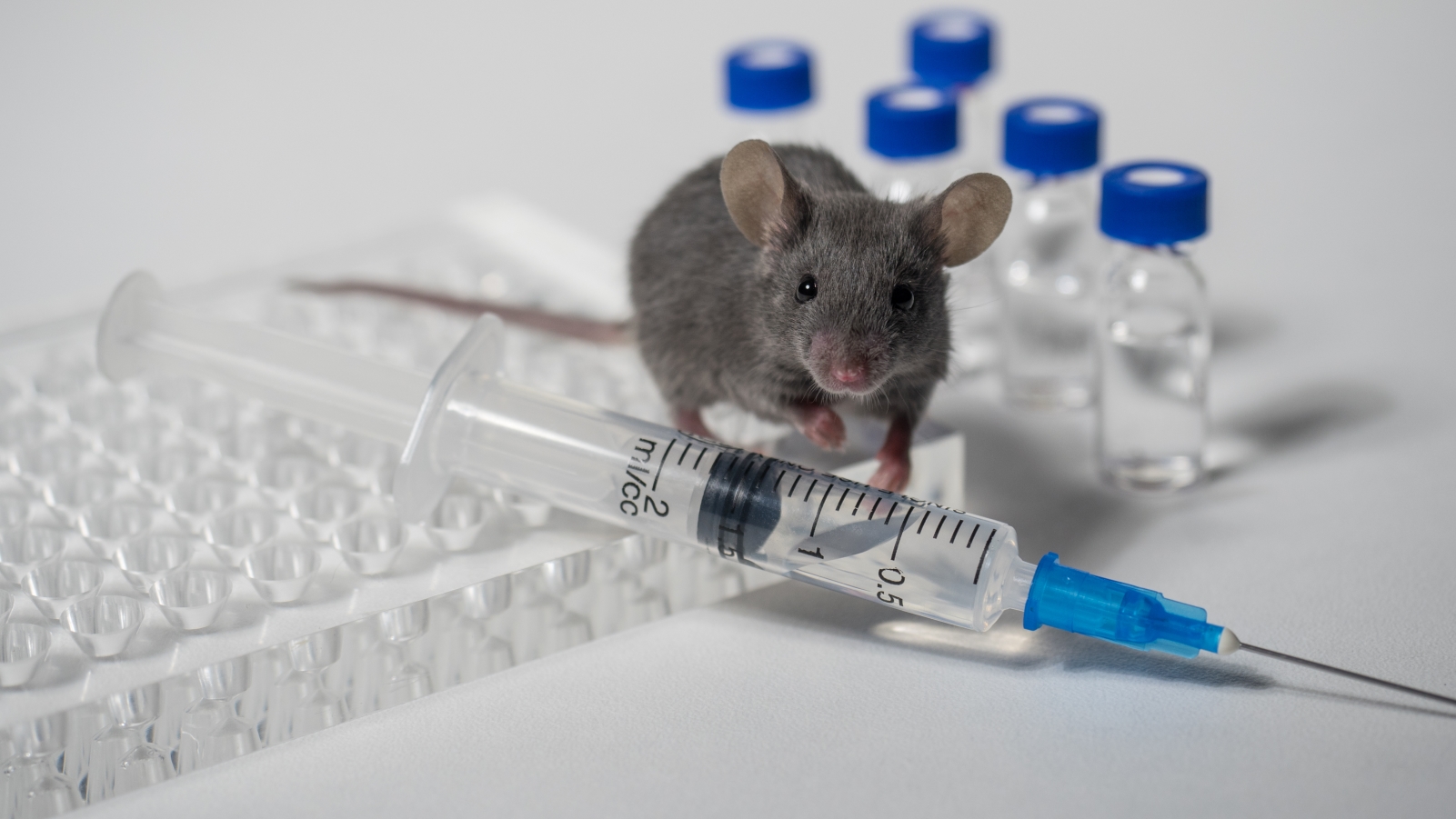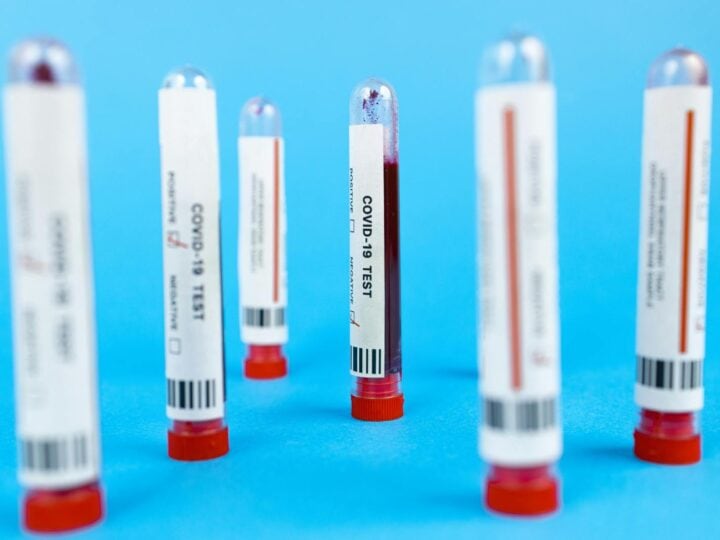Scientists commonly use laboratory mice to conduct experiments that cannot be performed on humans. But extrapolating mouse study results to understand the effect of treatments in humans is not always straightforward.
There are significant physiological, genetic and even environmental differences between mice and men. Many effects in the mouse-to-human transfer are “lost in translation,” resulting in drugs that are effective in the lab but that fail when tested with people.
Can this disconnect be bridged?
Researchers at the Technion – Israel Institute of Technology have developed a new algorithm that uses big data and machine learning to predict which mouse trials are most likely to work in humans as well.
The researchers call their algorithm FIT – an acronym for “Found in Translation.”
The use of big data to predict cross-species results has only become possible in recent years. Starting with the human genome project, raw data from scientific studies has been routinely uploaded to the Internet. There are now 2 million samples registered online, including human tissues and disease animal models.
“This is a huge amount of data – a tremendous amount of information on the Internet, which is generally not used beyond the study in which it was generated,” explained Prof. Shai Shen-Orr of the Rappaport Faculty of Medicine at the Technion and part of the research team.
Also on the project are Prof. Rob Tibshirani and PhD candidate Wenfei Du from Stanford University, and Technion PhD candidate Rachelly Normand, who led the research.

The system Shen-Orr and his colleagues developed “learns” the relationship between gene expression in mice and an equivalent human condition. When given a new animal study, such as the evaluation of a new pharmaceutical, the algorithm identifies for each gene whether the information collected from prior studies will be beneficial for the new study. If the information is relevant, the system adjusts the results measured in the new research.
To test the system, the researchers evaluated FIT’s performance in 170 mouse model studies. In 88 percent of the cases, FIT correctly predicted the gene expression profile in the analogous disease state in humans. That’s an improvement in mouse-to-human “inference” of 50 percent.
“This process not only improves research accuracy,” says Shen-Orr, “but also prevents false leads and shortens drug and therapy development processes.”
That means effective medications can make it to your pharmacy faster, at a lower cost of development. It’s good for the mice too, as it may reduce the number of animal experiments that need to be done in the future.
The results of the Technion-Stanford study were published this month in the journal Nature Methods.

















